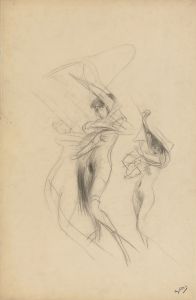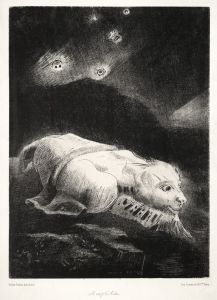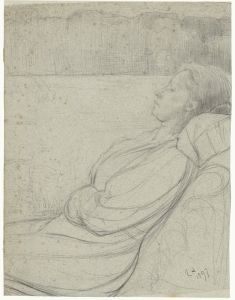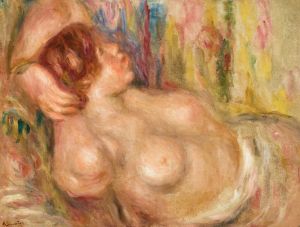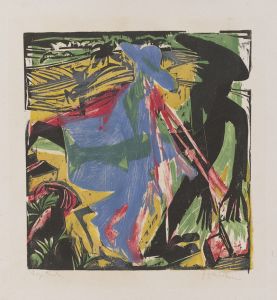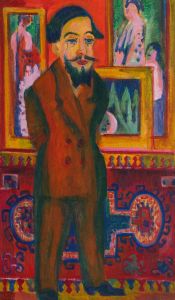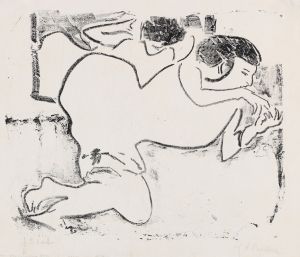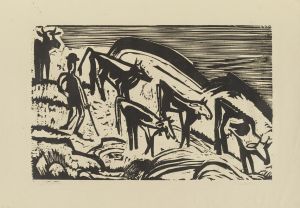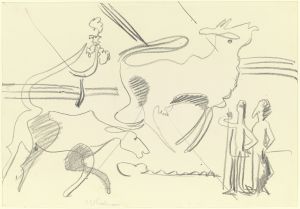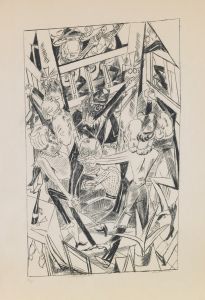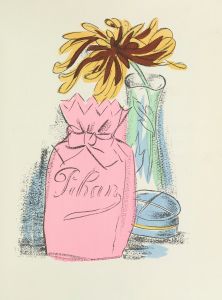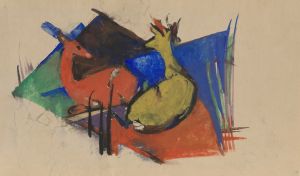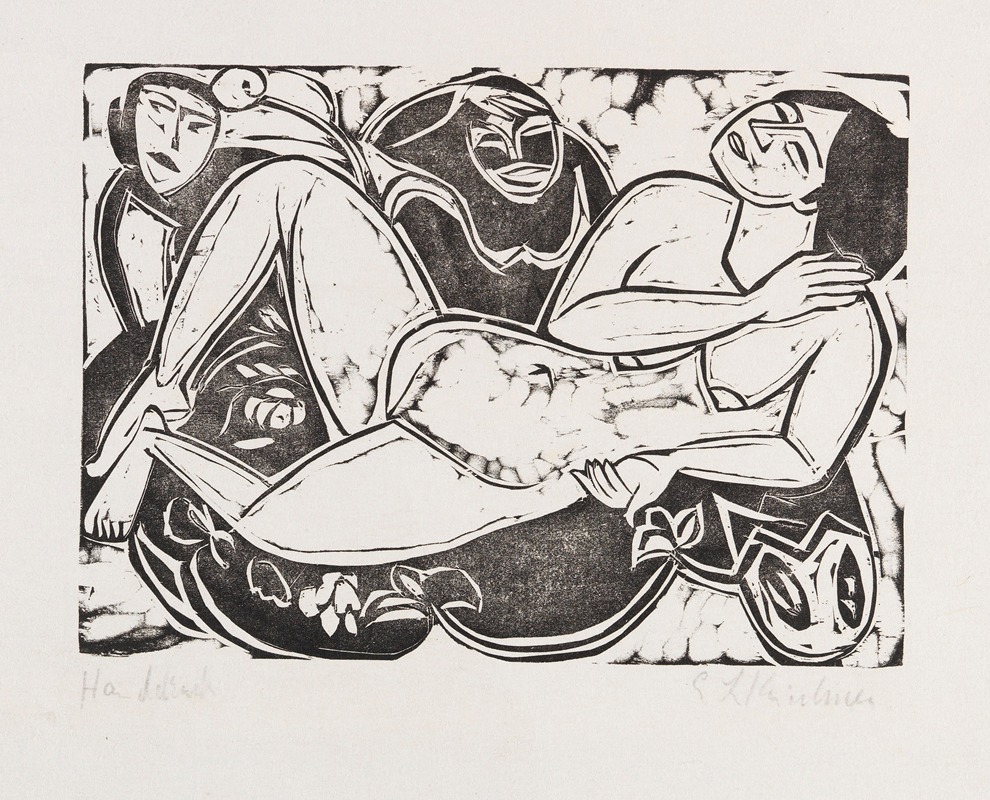
Liegender Akt
A hand-painted replica of Ernst Ludwig Kirchner’s masterpiece Liegender Akt, meticulously crafted by professional artists to capture the true essence of the original. Each piece is created with museum-quality canvas and rare mineral pigments, carefully painted by experienced artists with delicate brushstrokes and rich, layered colors to perfectly recreate the texture of the original artwork. Unlike machine-printed reproductions, this hand-painted version brings the painting to life, infused with the artist’s emotions and skill in every stroke. Whether for personal collection or home decoration, it instantly elevates the artistic atmosphere of any space.
Ernst Ludwig Kirchner was a prominent German expressionist painter and one of the founding members of the influential art group Die Brücke (The Bridge), which played a crucial role in the development of modern art in the early 20th century. Among his many works, "Liegender Akt" (Reclining Nude) is a notable piece that exemplifies his style and artistic concerns.
"Liegender Akt" is a painting that reflects Kirchner's interest in the human form and his exploration of color, form, and emotion. The painting features a nude figure in a reclining position, a common subject in art history that Kirchner approached with his unique expressionist style. The use of bold colors and dynamic brushstrokes in the painting is characteristic of Kirchner's work and the expressionist movement as a whole, which sought to convey emotional experience rather than physical reality.
Kirchner's approach to the nude was influenced by his desire to break away from traditional academic representations of the human body. Instead of idealizing the figure, he focused on capturing the raw and immediate emotional impact of the subject. This approach was part of a broader movement within Die Brücke to challenge the conventions of the time and to create art that was more direct and unfiltered.
The painting's composition and the way the figure is rendered reflect Kirchner's interest in non-Western art forms, particularly African and Oceanic art, which he and his contemporaries admired for their perceived authenticity and emotional power. This influence is evident in the simplified forms and the emphasis on the expressive potential of line and color.
Kirchner's work, including "Liegender Akt," was also shaped by the social and cultural context of early 20th-century Germany. The period was marked by rapid industrialization, urbanization, and social change, which were reflected in the themes of alienation and anxiety that pervade much of expressionist art. Kirchner and his peers sought to capture the psychological and emotional undercurrents of their time, often through depictions of the human body in states of tension or repose.
The painting is also significant for its role in Kirchner's broader body of work, which includes numerous studies of the human figure. His nudes are often seen as a reflection of his personal struggles and his quest for a new artistic language that could express the complexities of modern life. "Liegender Akt" exemplifies this quest, with its vivid colors and dynamic composition inviting viewers to engage with the emotional intensity of the subject.
In summary, "Liegender Akt" by Ernst Ludwig Kirchner is a quintessential example of expressionist art, characterized by its bold use of color, dynamic form, and emotional depth. It reflects Kirchner's innovative approach to the nude and his broader artistic goals within the context of the early 20th-century avant-garde. Through this work, Kirchner contributed to the development of a new visual language that continues to influence artists today.





